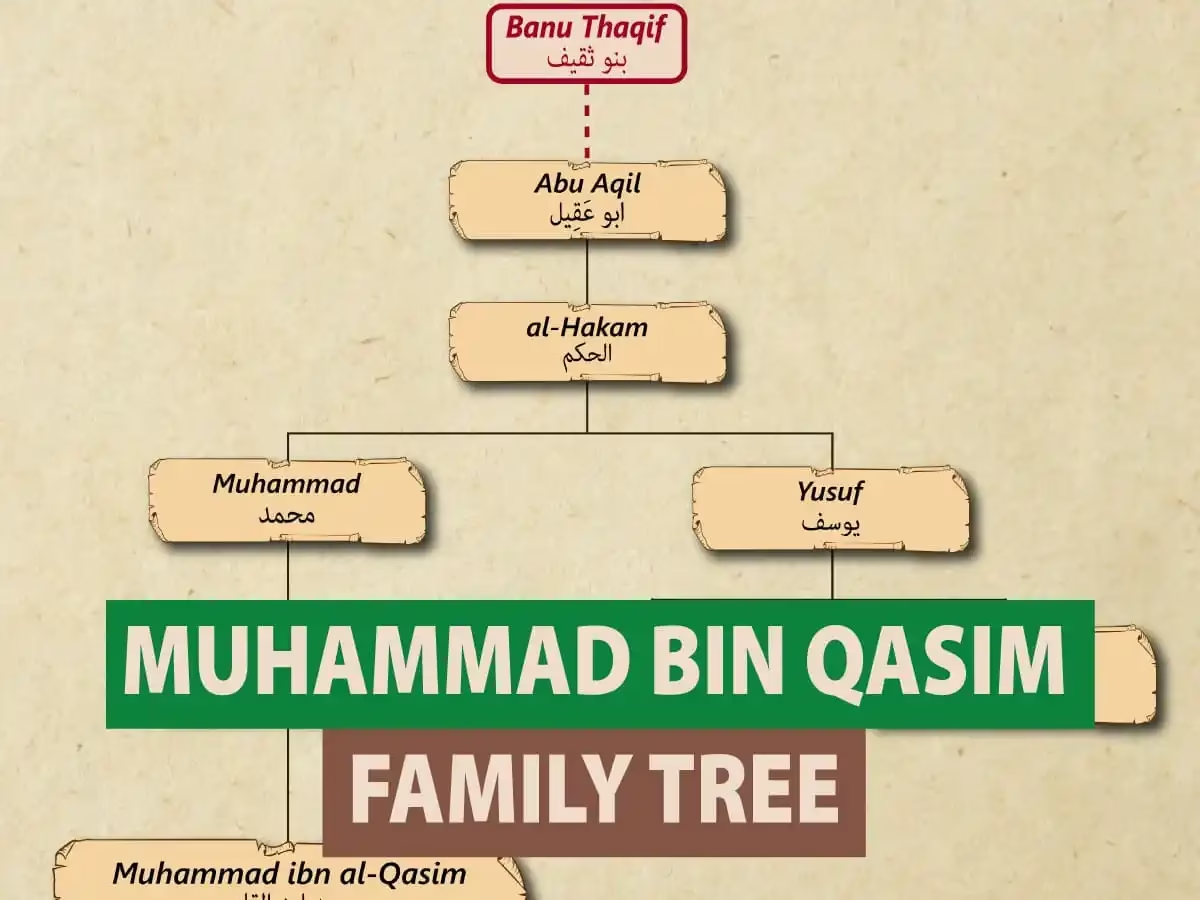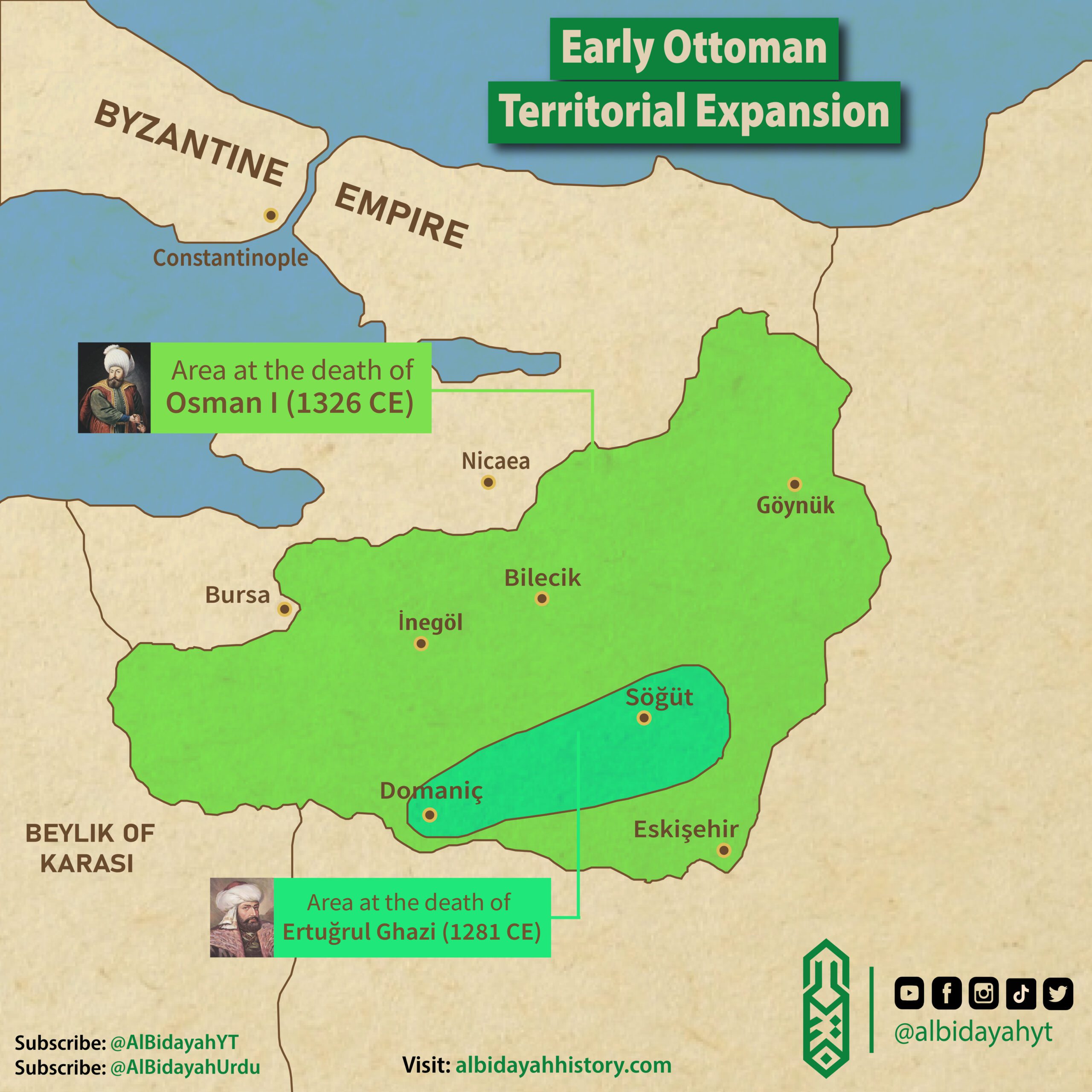The Ottoman Dynasty, founded by Osman I in 1299, ruled one of the most powerful and enduring empires in world history. For over six centuries, the Ottoman sultans expanded their domains from a small Anatolian principality into a vast empire spanning Europe, Asia, and Africa. The family tree of the Ottoman rulers reveals not only a remarkable political legacy but also the complex succession of sultans who carried the Caliphate until its abolition in the 20th century.

The Origins: Osman I and the Birth of the Empire (1258–1326)
The Ottoman line begins with Osman I, son of Ertuğrul, a Turkic leader of the Kayı tribe. Osman united the Anatolian beyliks and laid the foundation of a state that would later dominate three continents.
He gave his name to the dynasty — “Osmanoğlu,” meaning “sons of Osman.”
Osman’s son, Orhan I (1324–1362), expanded the early Ottoman territories into Bursa and Thrace, establishing the first capital of the empire in Bursa. His reign marked the true beginning of Ottoman statehood and administration.
Expansion under Murad I and Bayezid I (1362–1403)
Murad I (1362–1389) transformed the Ottoman principality into an empire by conquering the Balkans and creating a standing army — the Janissaries. He fell in the Battle of Kosovo (1389), symbolizing the Ottomans’ growing role in European affairs.
His son, Bayezid I (1389–1402), known as Yıldırım (“the Thunderbolt”), extended Ottoman control deep into Anatolia and the Balkans but was defeated and captured by Timur (Tamerlane) at the Battle of Ankara (1402), causing a brief civil war known as the Ottoman Interregnum.
Restoration and Growth: Mehmed I to Mehmed II (1413–1481)
After a period of chaos, Mehmed I (1413–1421) reunified the empire. His successors, Murad II (1421–1451) and Mehmed II (1451–1481), continued to expand Ottoman influence.
Mehmed II, famously known as Mehmed the Conqueror, captured Constantinople in 1453, ending the Byzantine Empire and making the city — renamed Istanbul — the new Ottoman capital. This event marked a turning point in world history and solidified the Ottomans as a global power.
The Golden Age: Bayezid II to Suleiman the Magnificent (1481–1566)
Bayezid II (1481–1512) consolidated the empire internally and welcomed refugees from Spain after the Reconquista, promoting cultural and economic growth.
His son, Selim I (1512–1520), known as Selim the Grim, conquered the Mamluk Sultanate, bringing Egypt, Syria, and the Islamic holy cities of Mecca and Medina under Ottoman control — and assuming the title of Caliph.
The reign of Suleiman the Magnificent (1520–1566) represented the zenith of Ottoman power. Under his rule, the empire stretched from Hungary to Yemen and from Algeria to Iraq. Suleiman reformed the legal system, patronized the arts, and led campaigns that made the Ottomans the most formidable power of the 16th century.
From Selim II to Mehmed III: The Imperial Continuity (1566–1603)
Following Suleiman’s death, his son Selim II (1566–1574) — nicknamed Selim the Sot — marked the beginning of palace politics and the increasing influence of the Harem and Grand Viziers.
His successors Murad III (1574–1595) and Mehmed III (1595–1603) continued the dynasty, though internal unrest and European rivalries began to challenge Ottoman supremacy.
The 17th Century: Challenges and Reforms
The 17th century saw turbulent reigns and attempts at reform.
- Ahmed I (1603–1617) is remembered for commissioning the Blue Mosque in Istanbul.
- Osman II (1618–1622), a reformist ruler, was tragically killed by mutinous Janissaries.
- Murad IV (1623–1640) restored order with an iron hand, banning alcohol and reclaiming Baghdad from Persia.
- Mehmed IV (1648–1687) oversaw both territorial expansion and later military setbacks, including the failed Siege of Vienna (1683).
The 18th Century: The Age of Decline and Diplomacy
By the 18th century, Ottoman power had begun to wane, but the dynasty endured.
Sultans such as Mahmud I (1730–1754), Osman III (1754–1757), and Mustafa III (1757–1774) faced rising European rivals and internal revolts.
Selim III (1789–1807) attempted major military and administrative reforms through the Nizam-ı Cedid (New Order) program but was deposed by conservative factions.
The 19th Century: Modernization and Decline
The 19th century brought modernization efforts and the empire’s slow dissolution.
- Mahmud II (1808–1839) abolished the Janissary Corps and modernized the army.
- Abdülmecid I (1839–1861) introduced the Tanzimat Reforms, seeking to modernize the empire along European lines.
- Abdülaziz (1861–1876) promoted education and railway expansion but faced mounting debts.
The Last Sultans: The Fall of the Empire (1876–1924)
The late Ottoman period was marked by political turbulence and the empire’s eventual collapse:
- Abdul Hamid II (1876–1909) centralized power but was deposed during the Young Turk Revolution.
- Mehmed V (1909–1918) presided over the empire during World War I, which led to Ottoman defeat.
- Mehmed VI (1918–1922) became the last Sultan, deposed when Mustafa Kemal Atatürk founded the Republic of Turkey in 1923.
- The final Caliph, Abdulmecid II (1868–1944), held the title until the abolition of the Caliphate in 1924, ending over 600 years of Ottoman rule.
Legacy of the Ottoman Dynasty
The Ottoman Dynasty remains one of history’s most remarkable royal families — producing 36 sultans over more than six centuries.
They left a lasting impact on:
- Architecture (Topkapi Palace, Blue Mosque, Hagia Sophia’s restoration)
- Law and governance (Kanun laws under Suleiman)
- Culture and art (miniatures, poetry, and calligraphy)
- Religion and diplomacy, maintaining the Caliphate until modern times.



